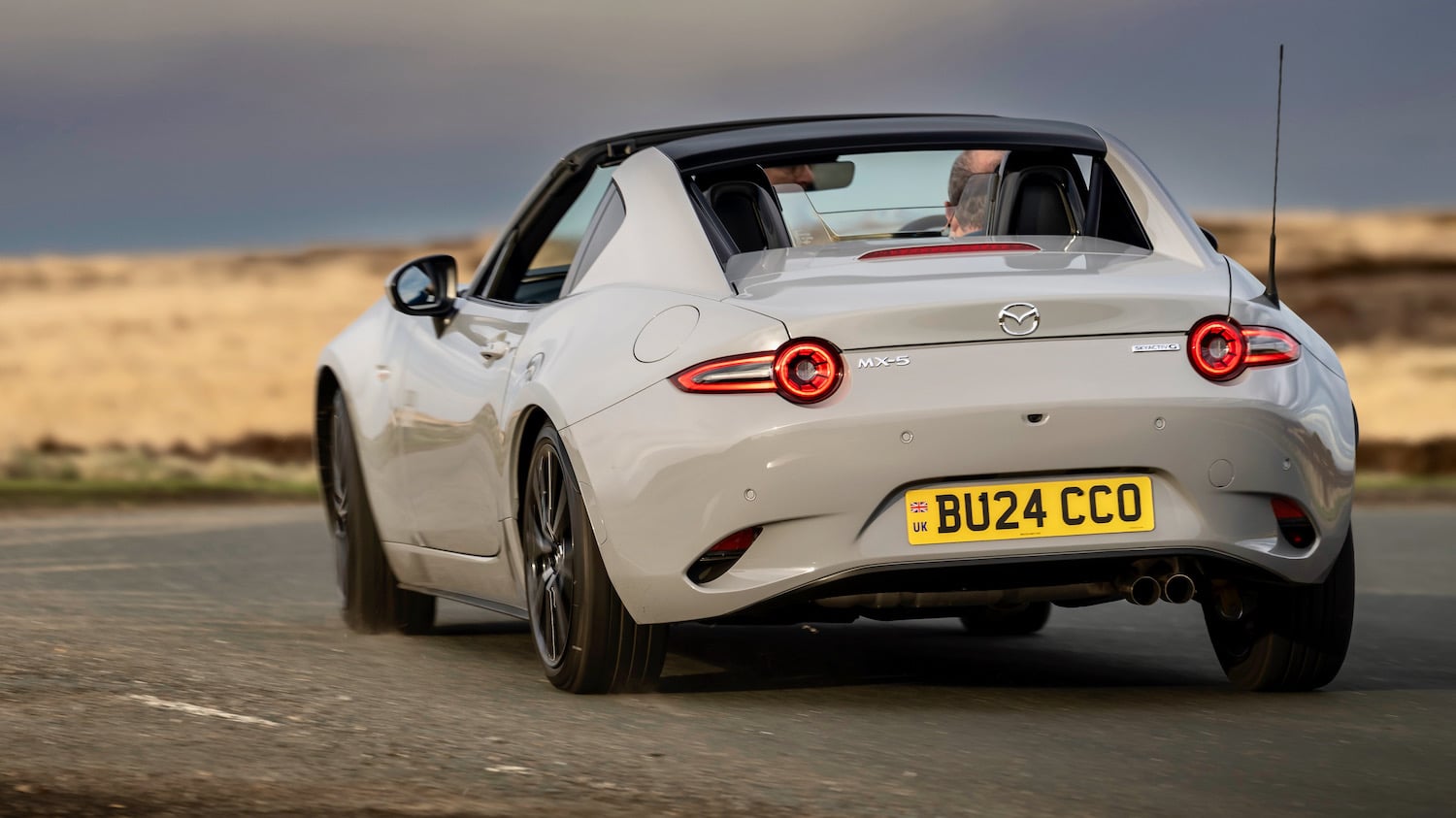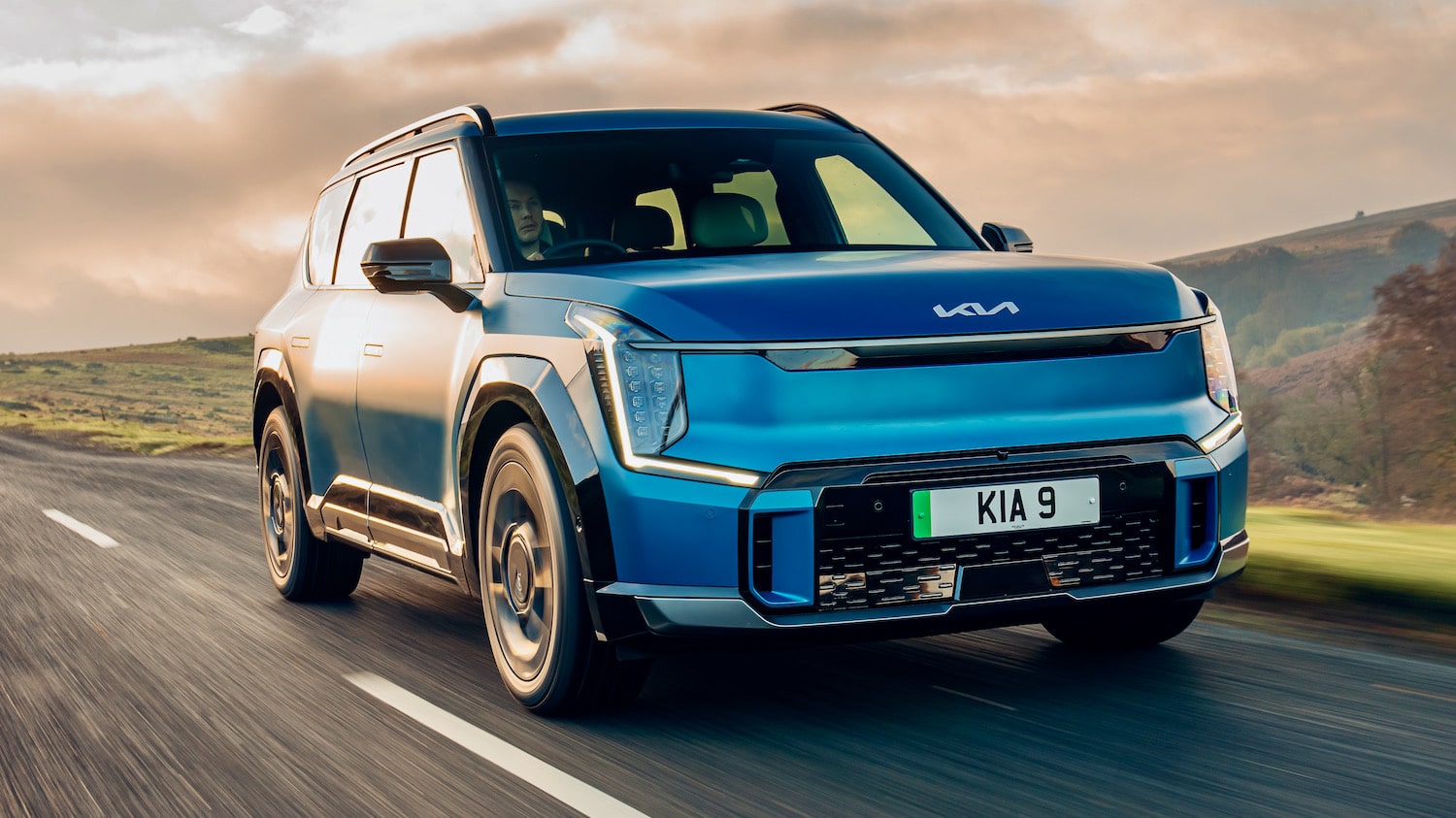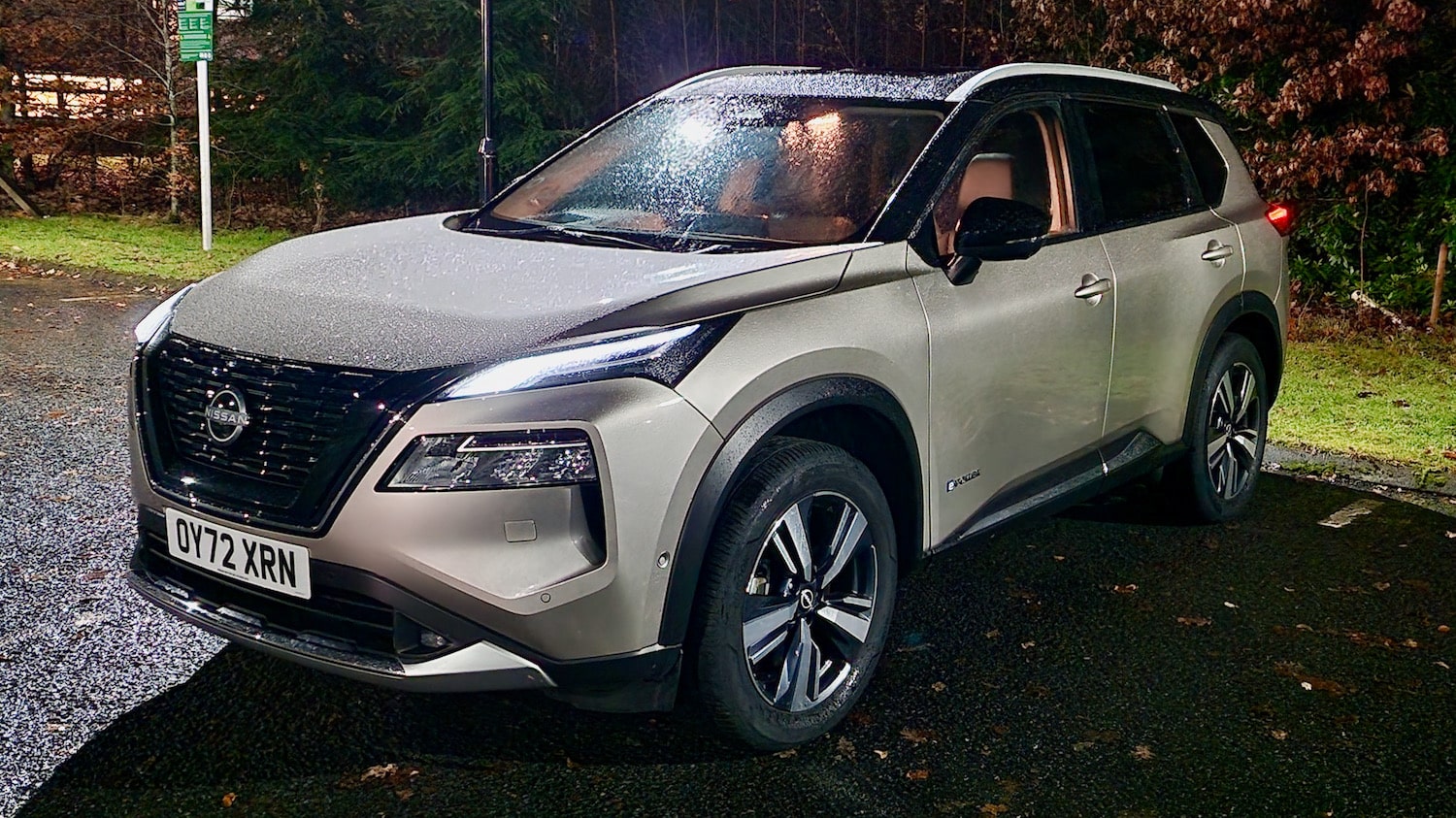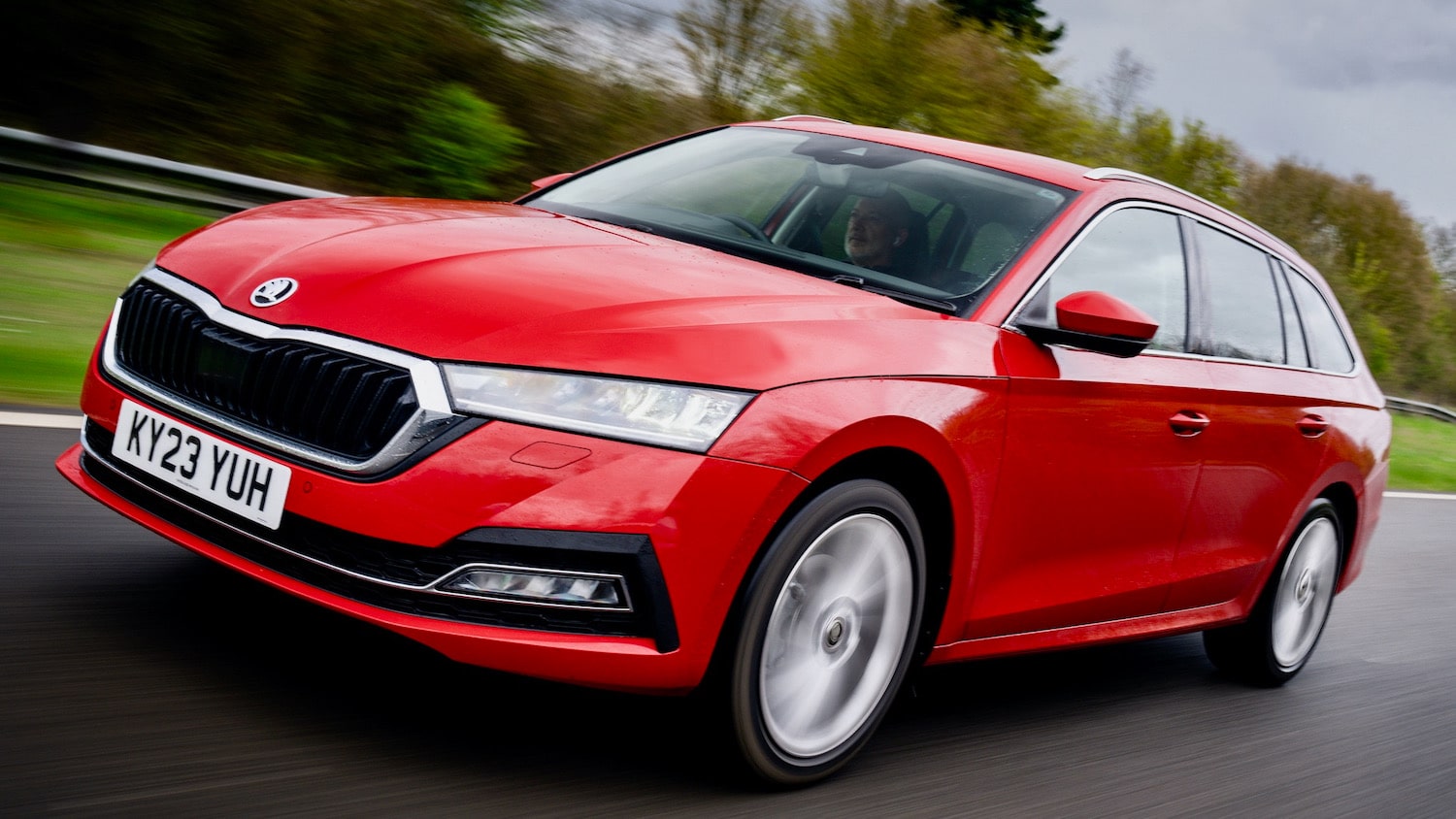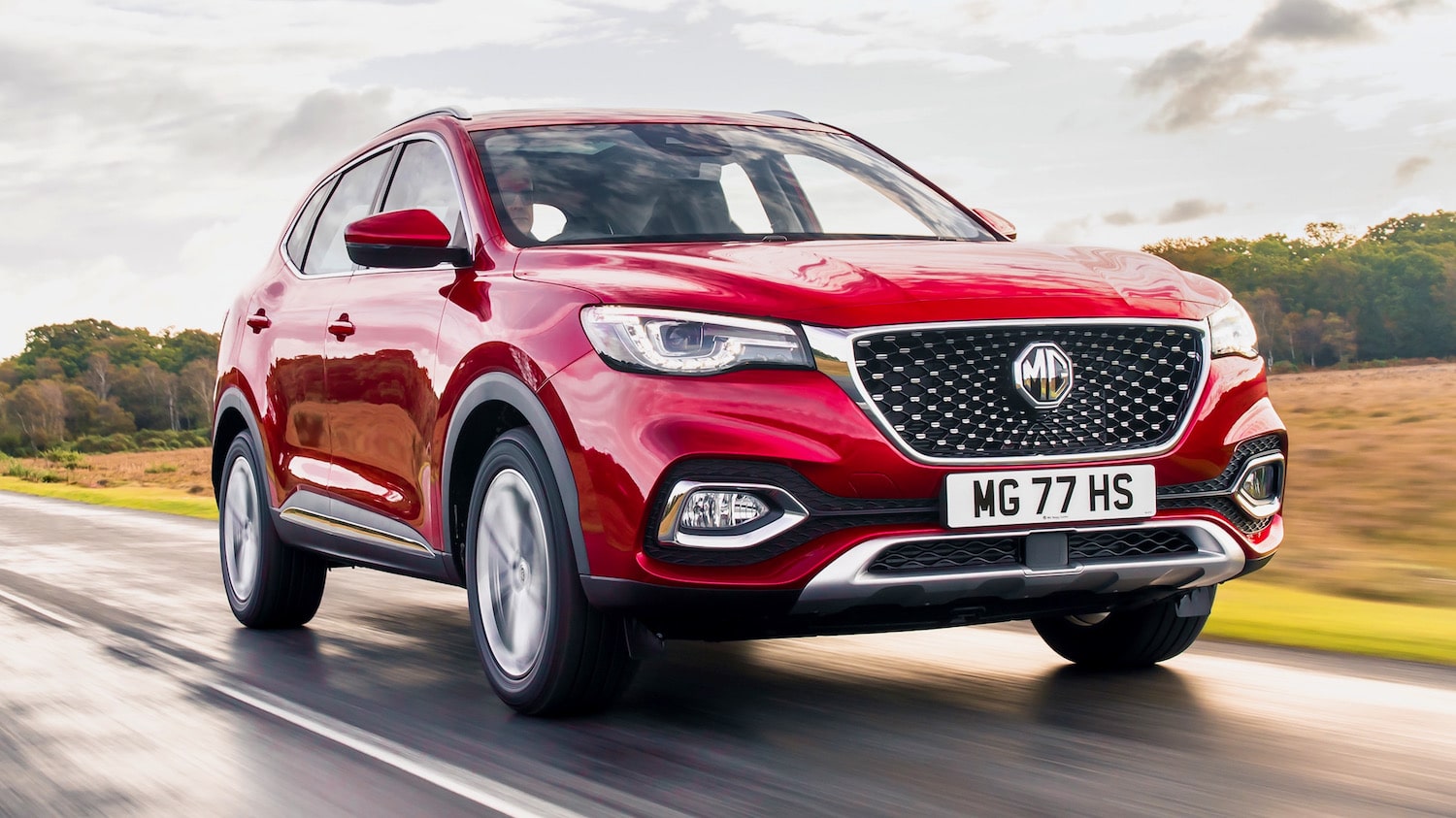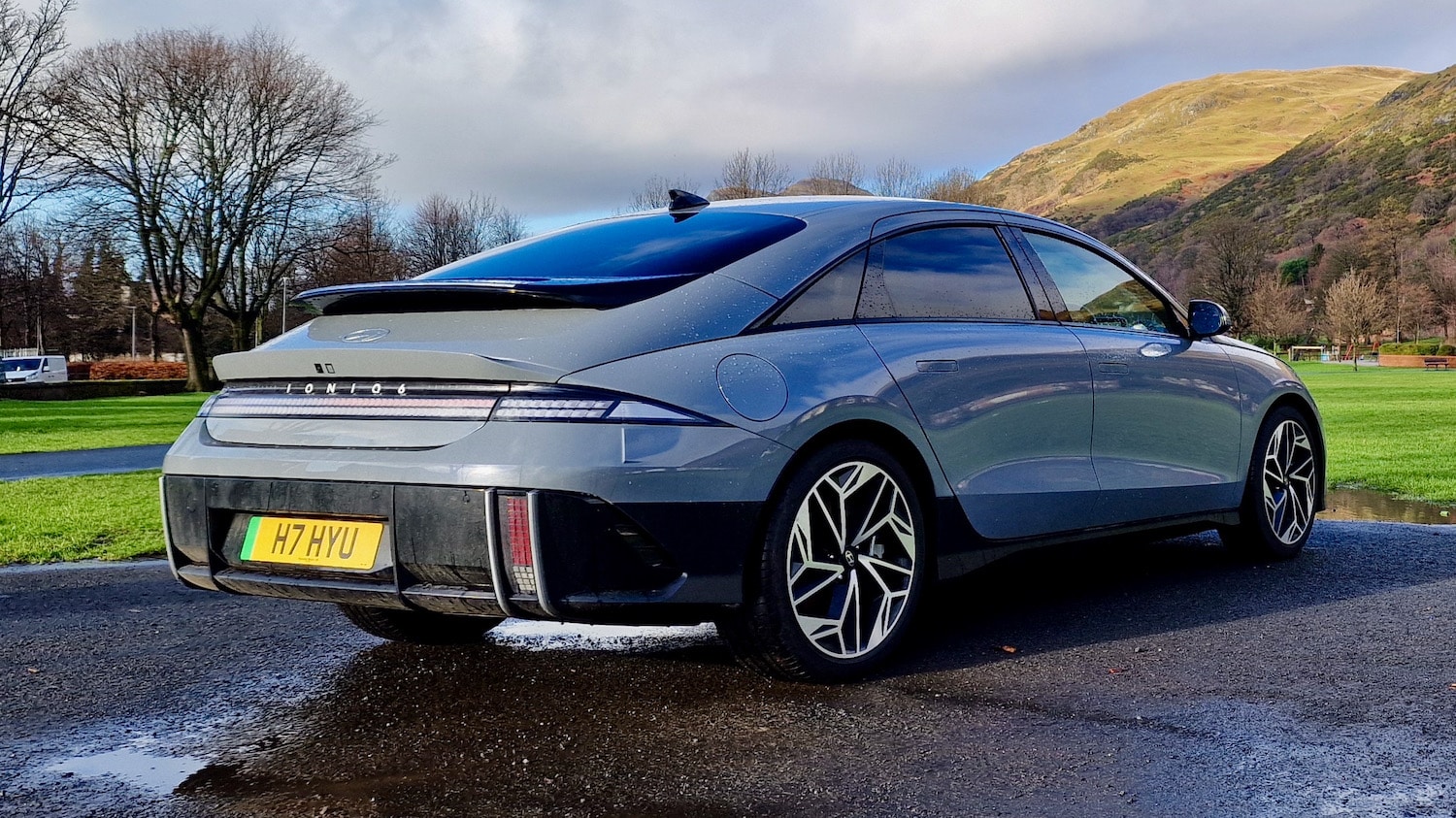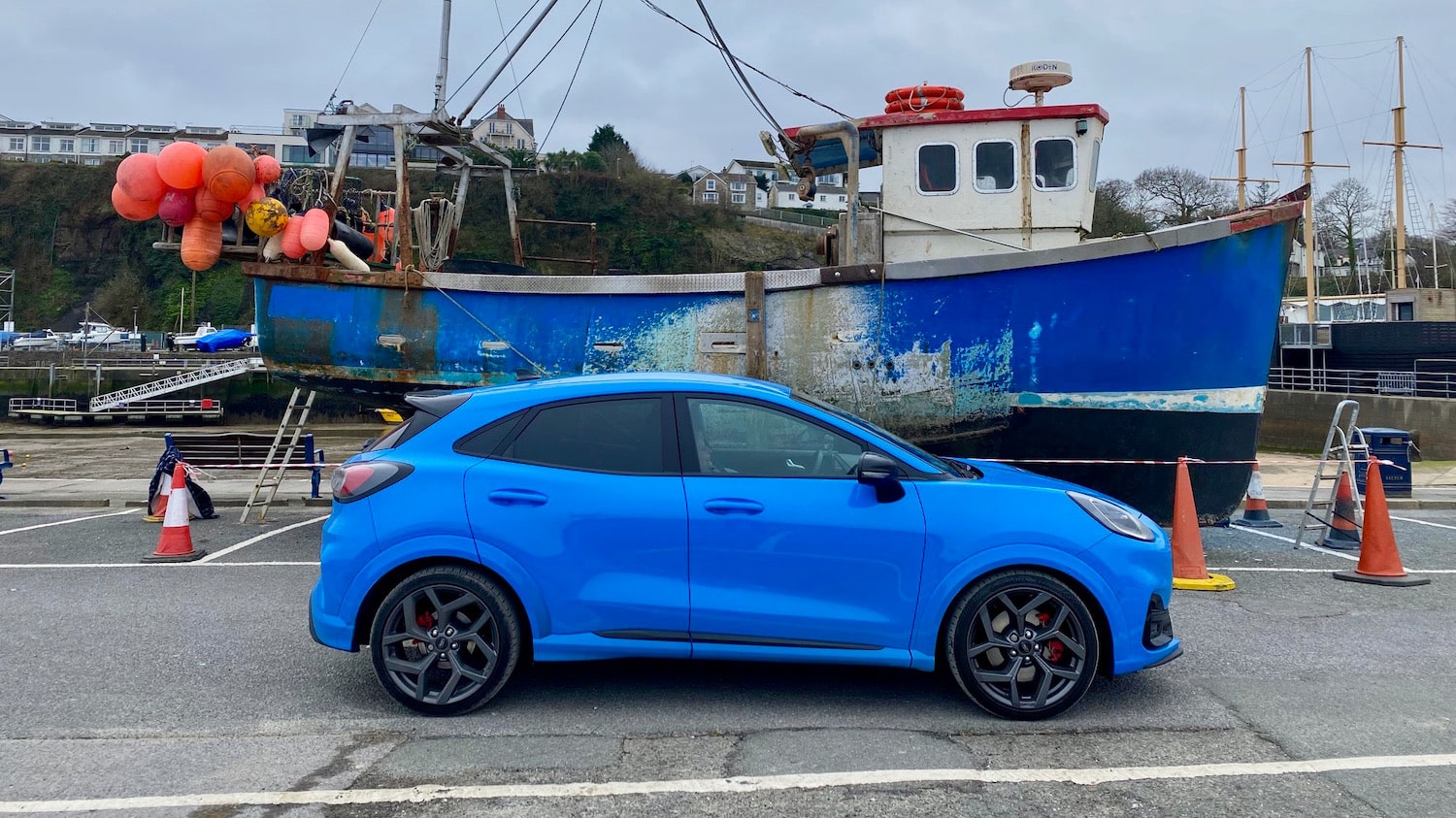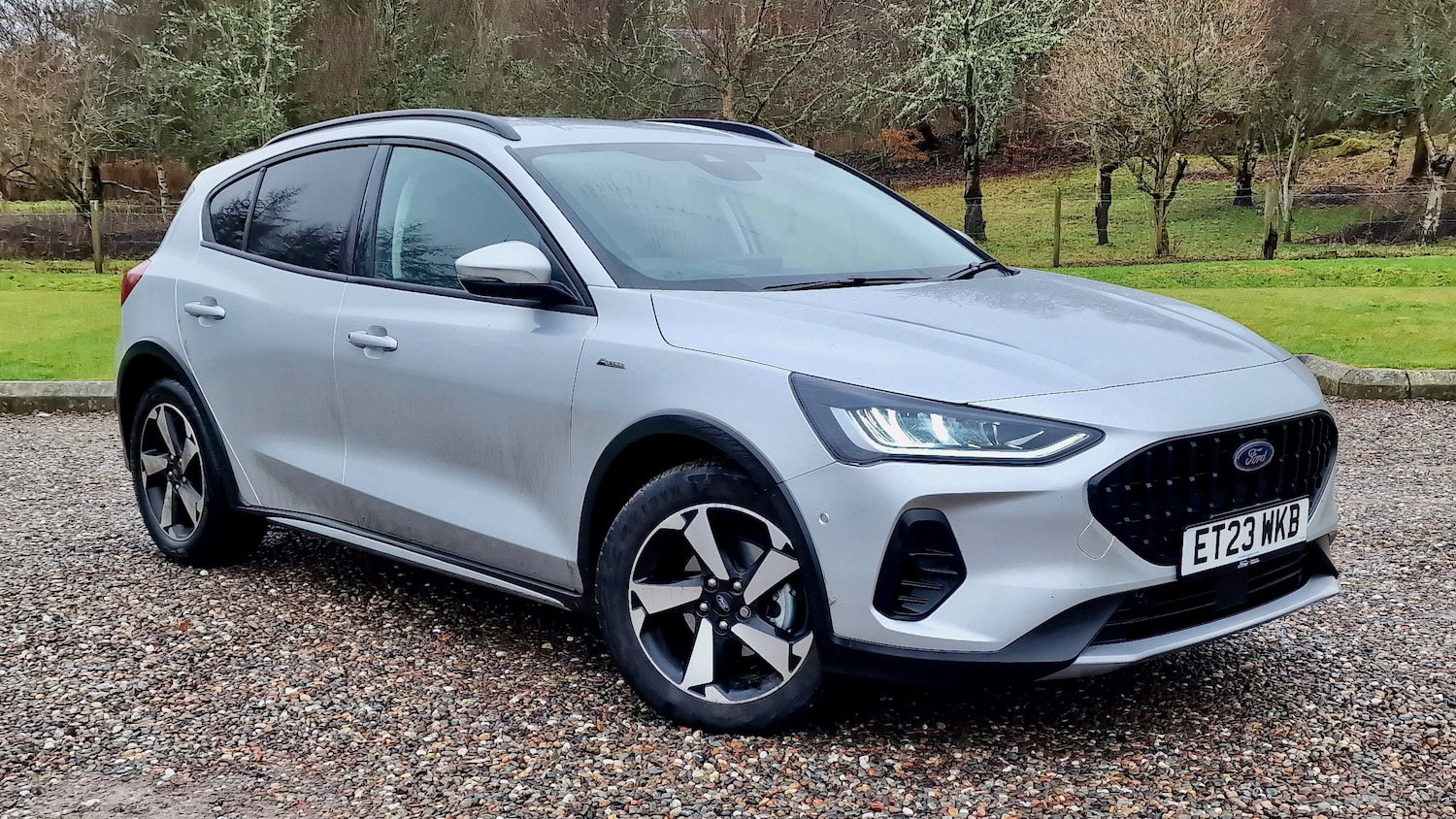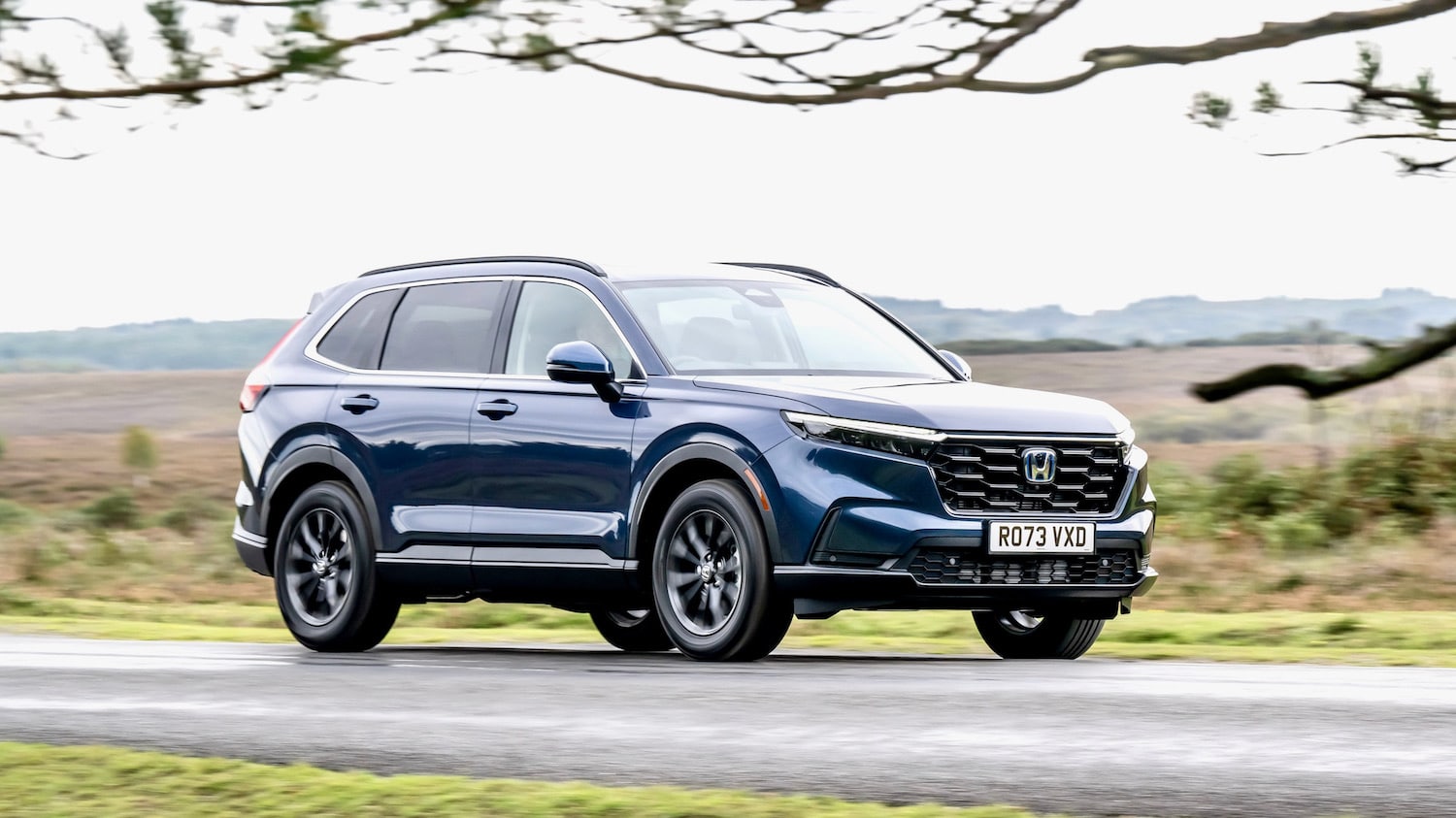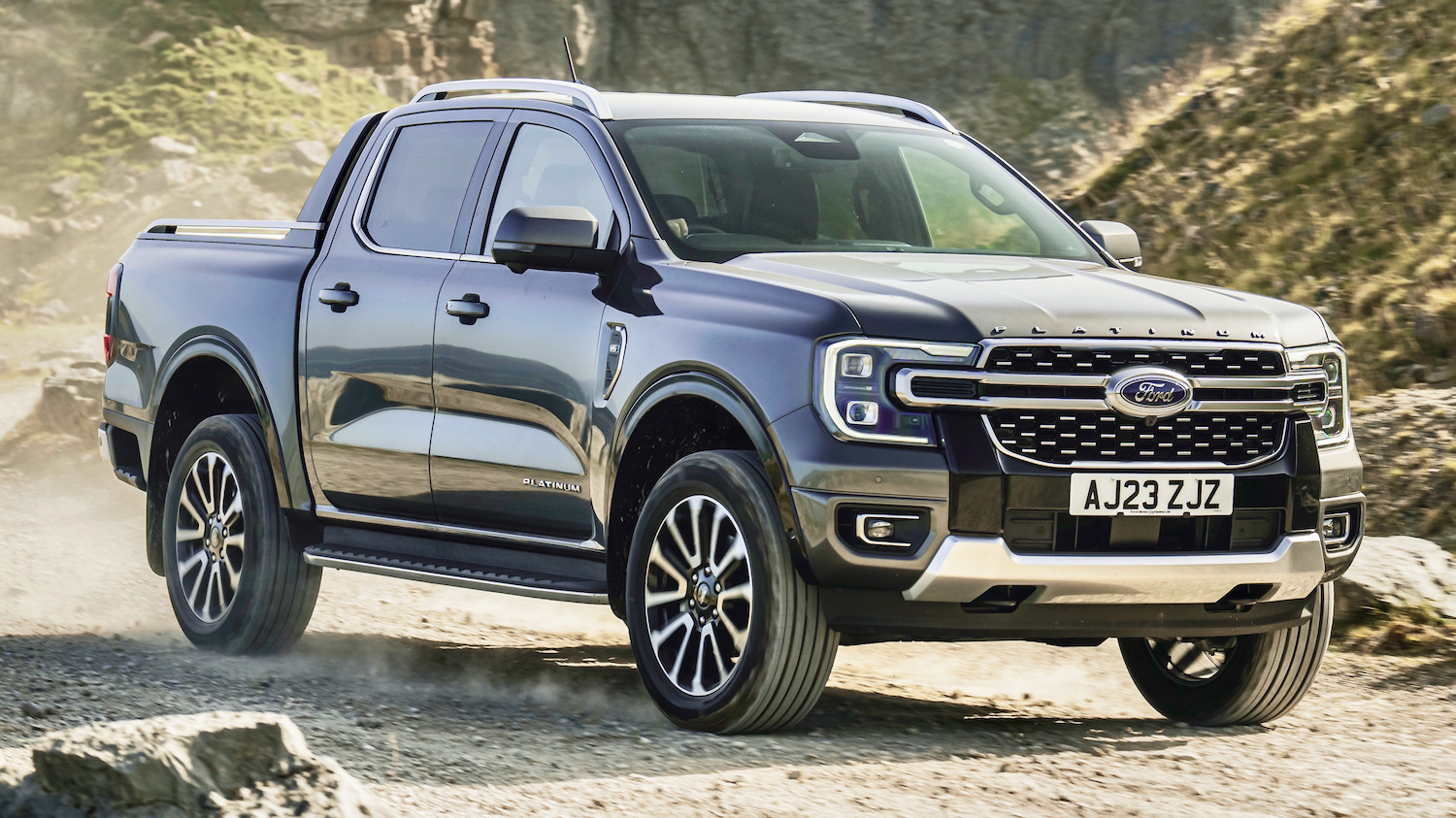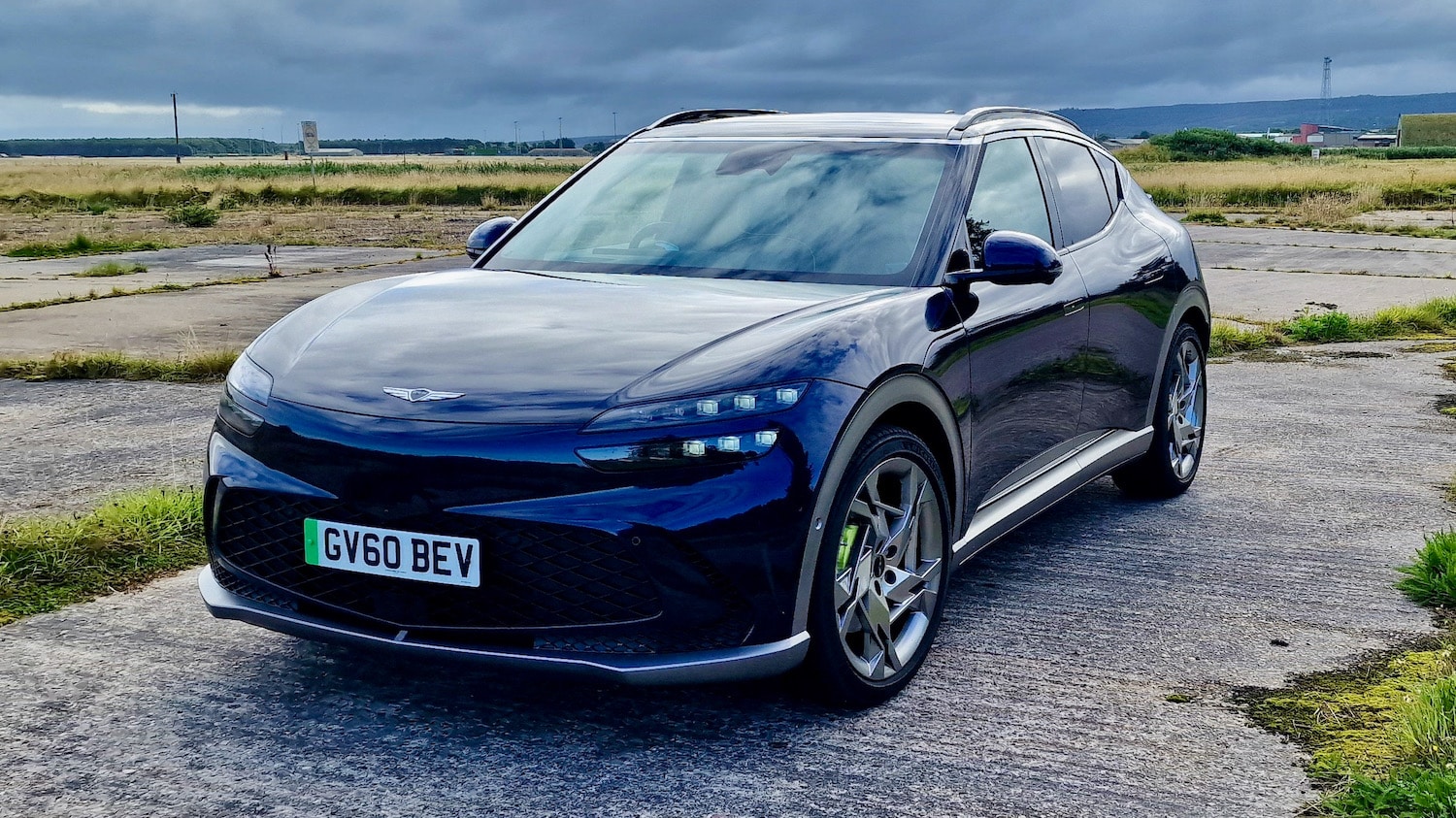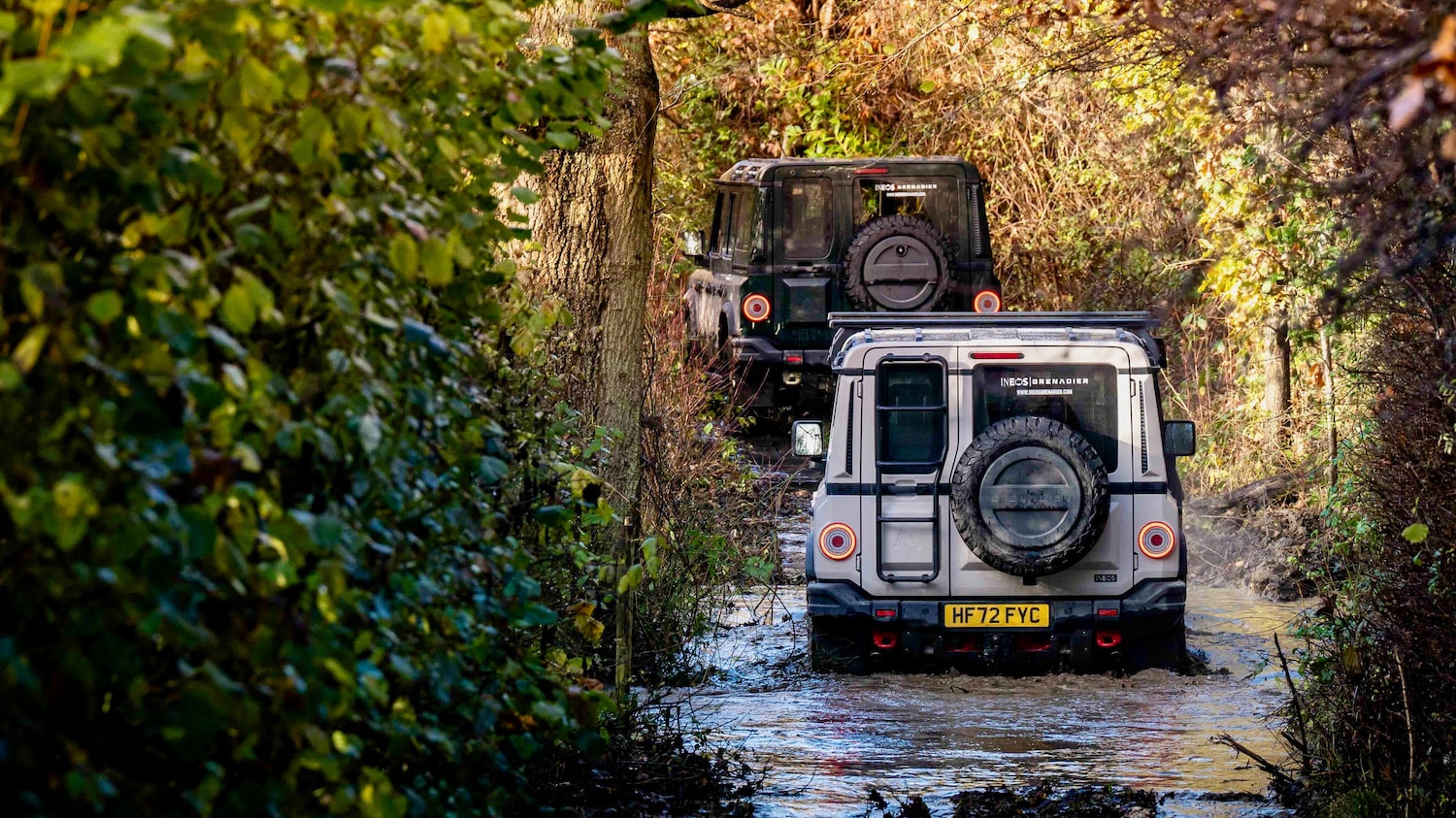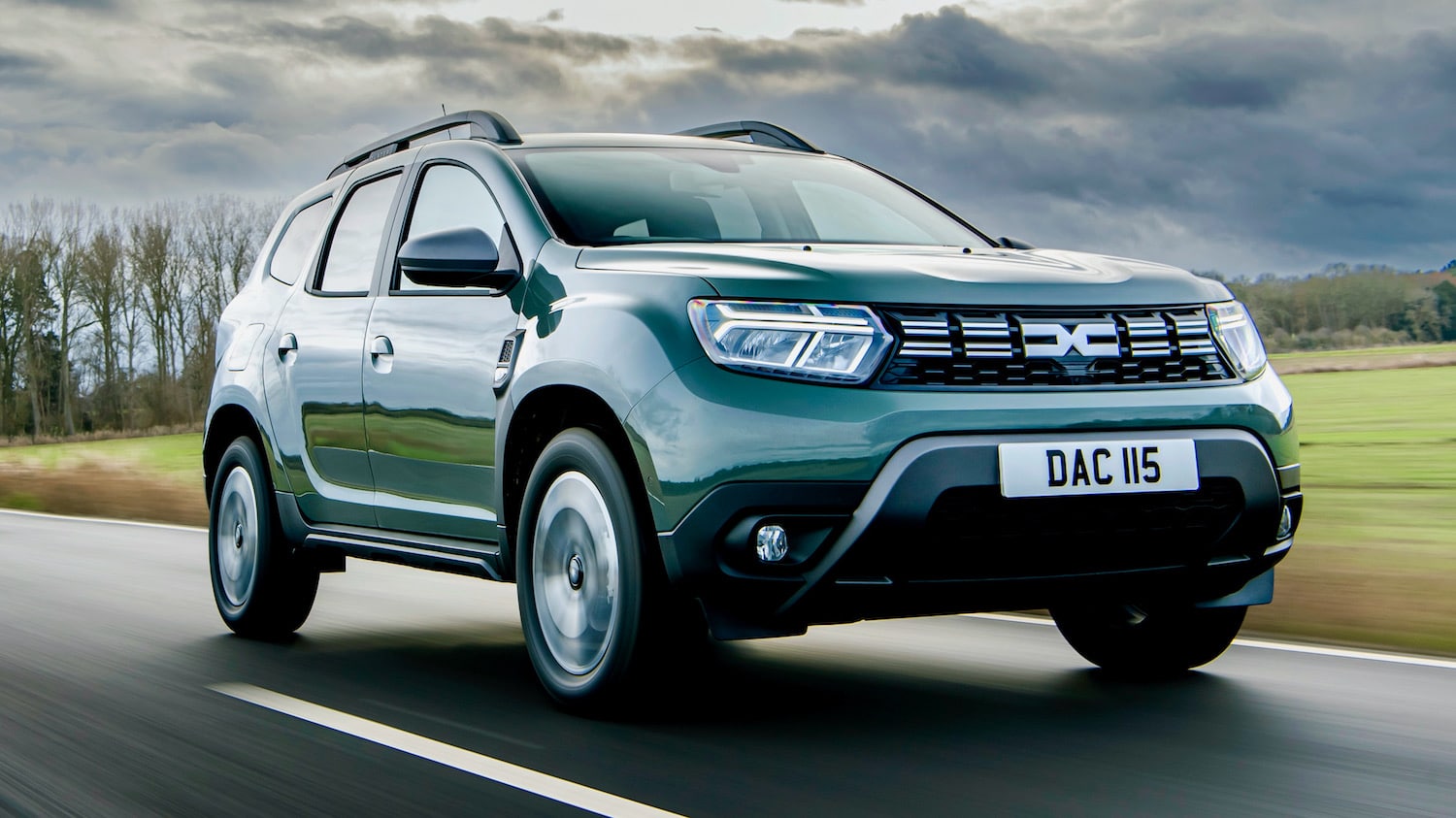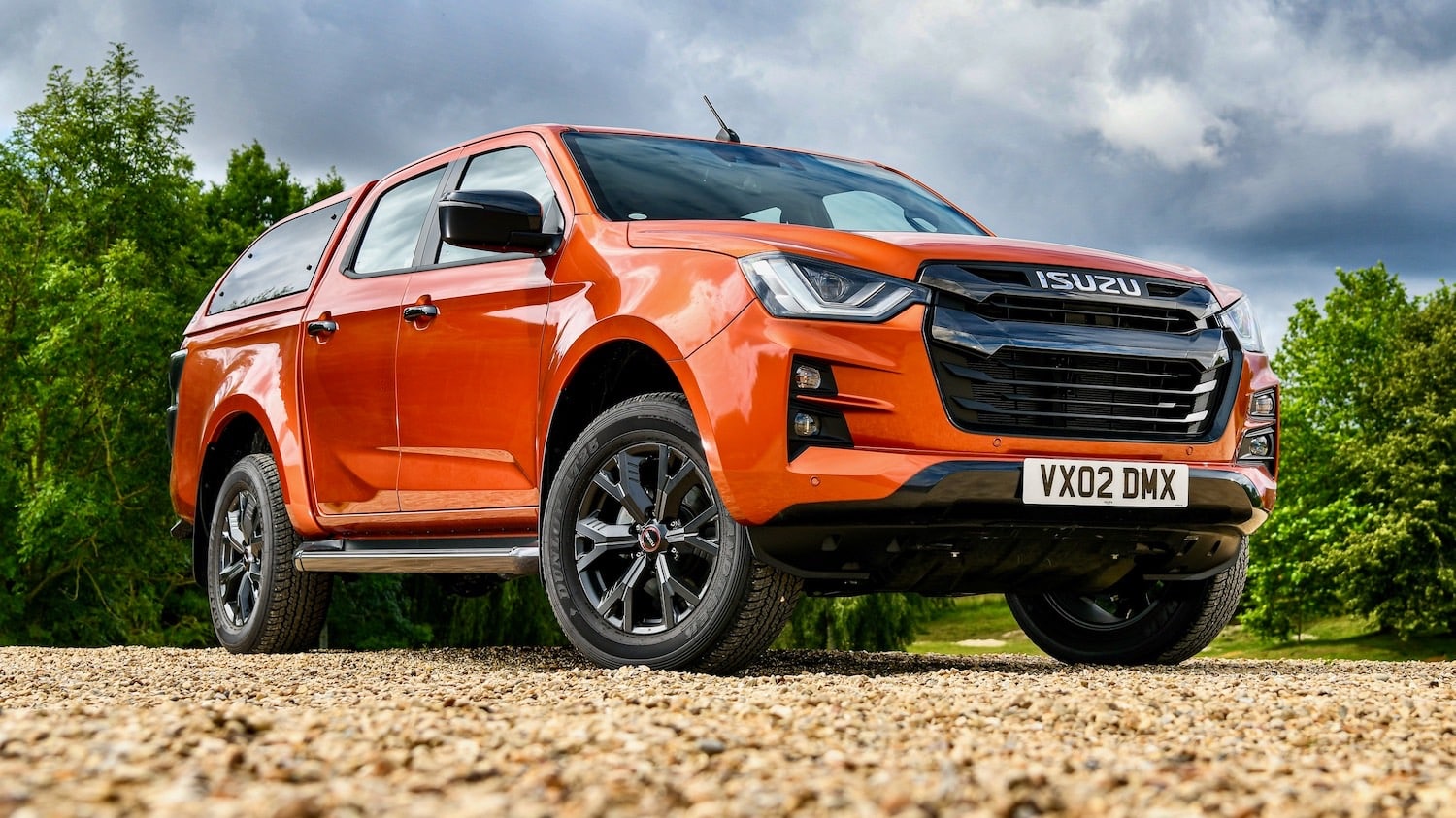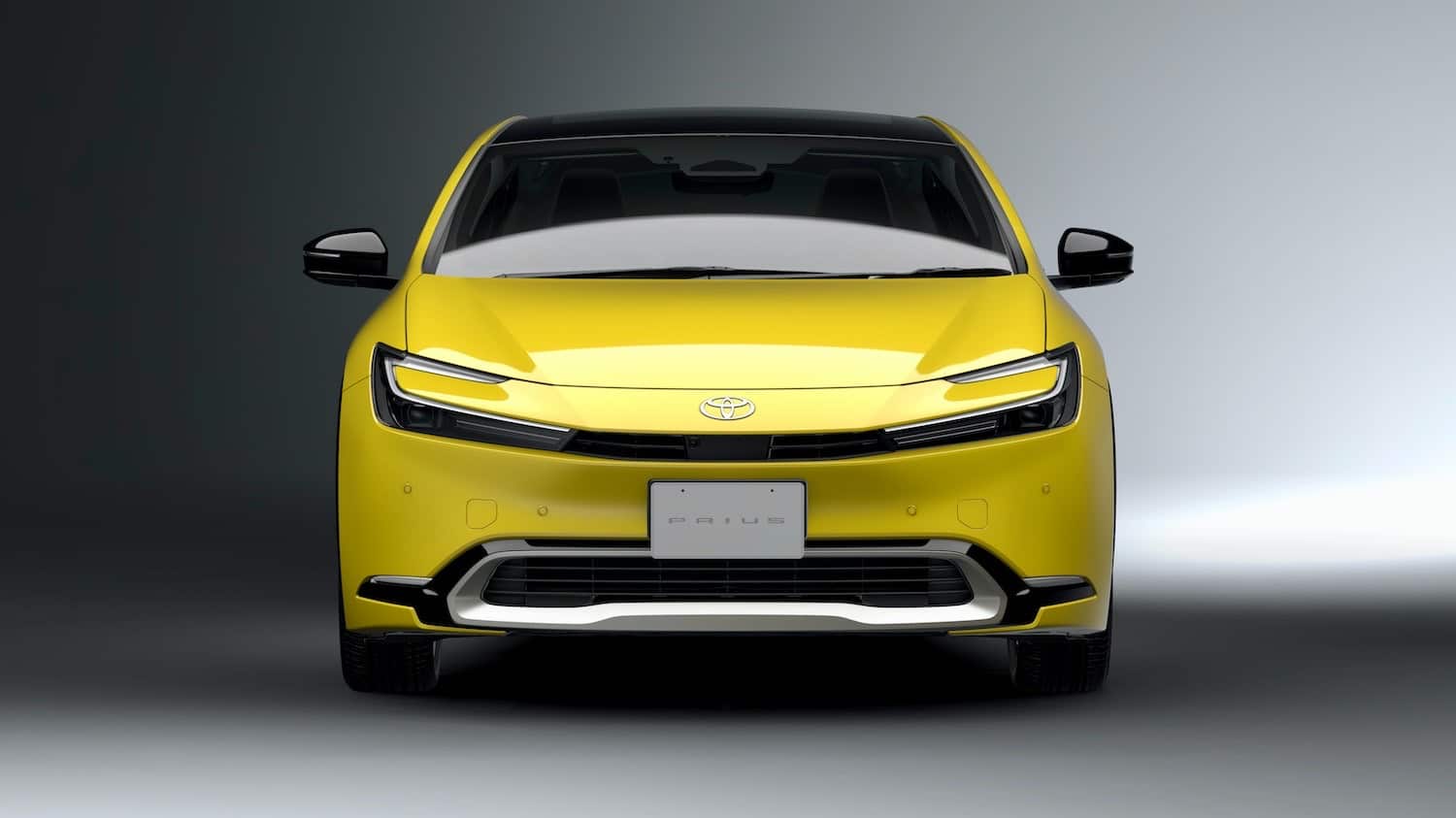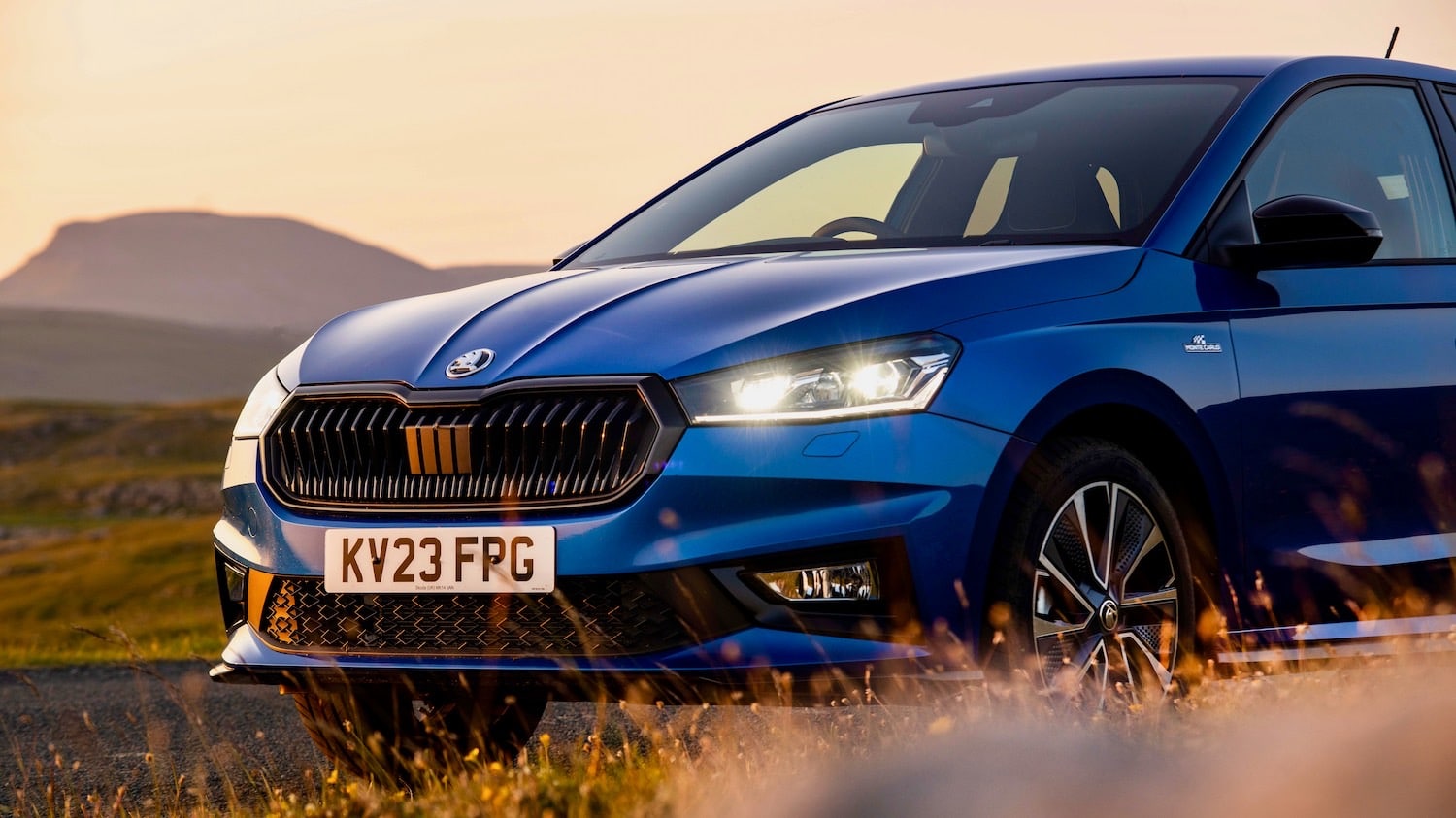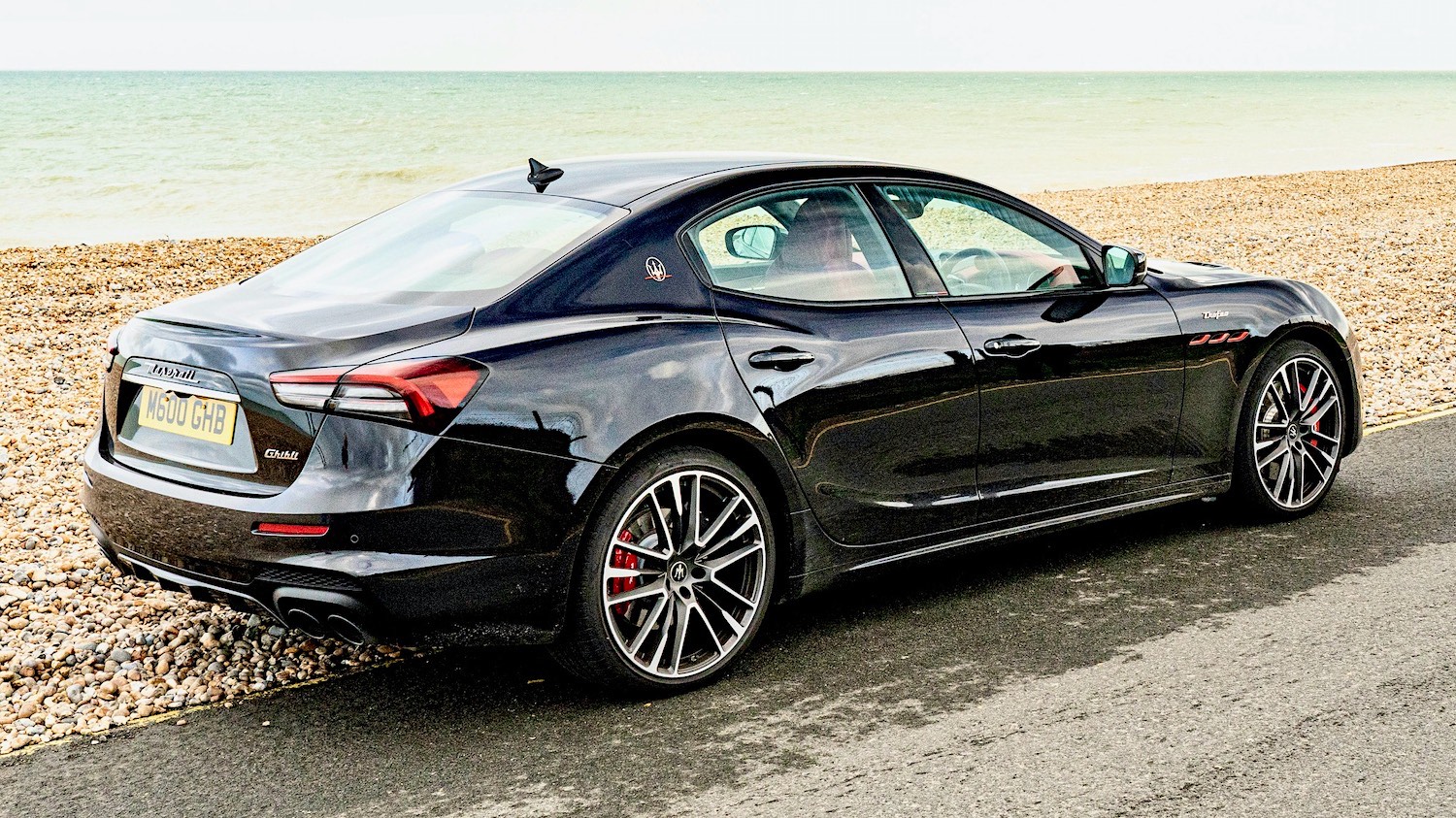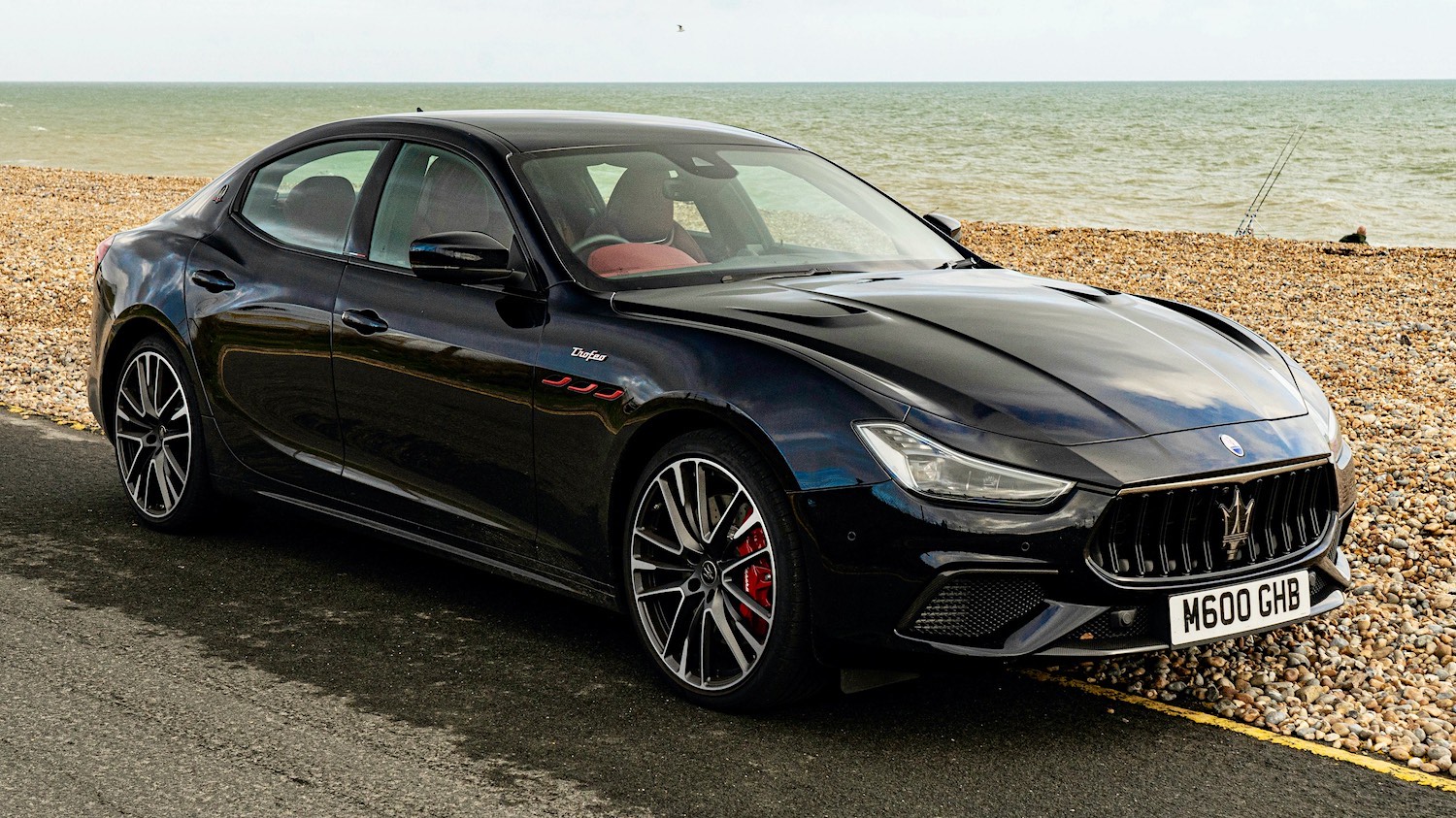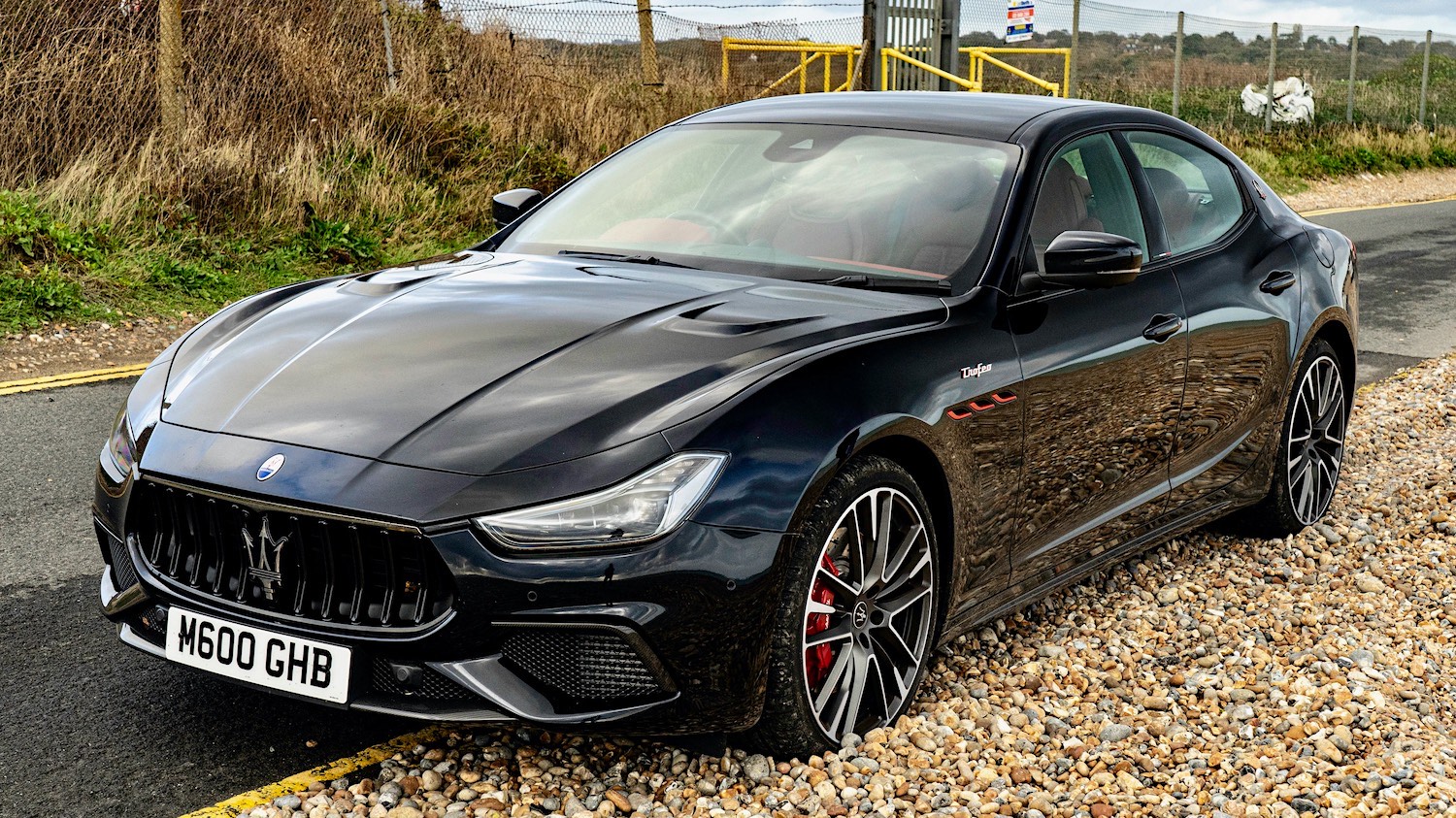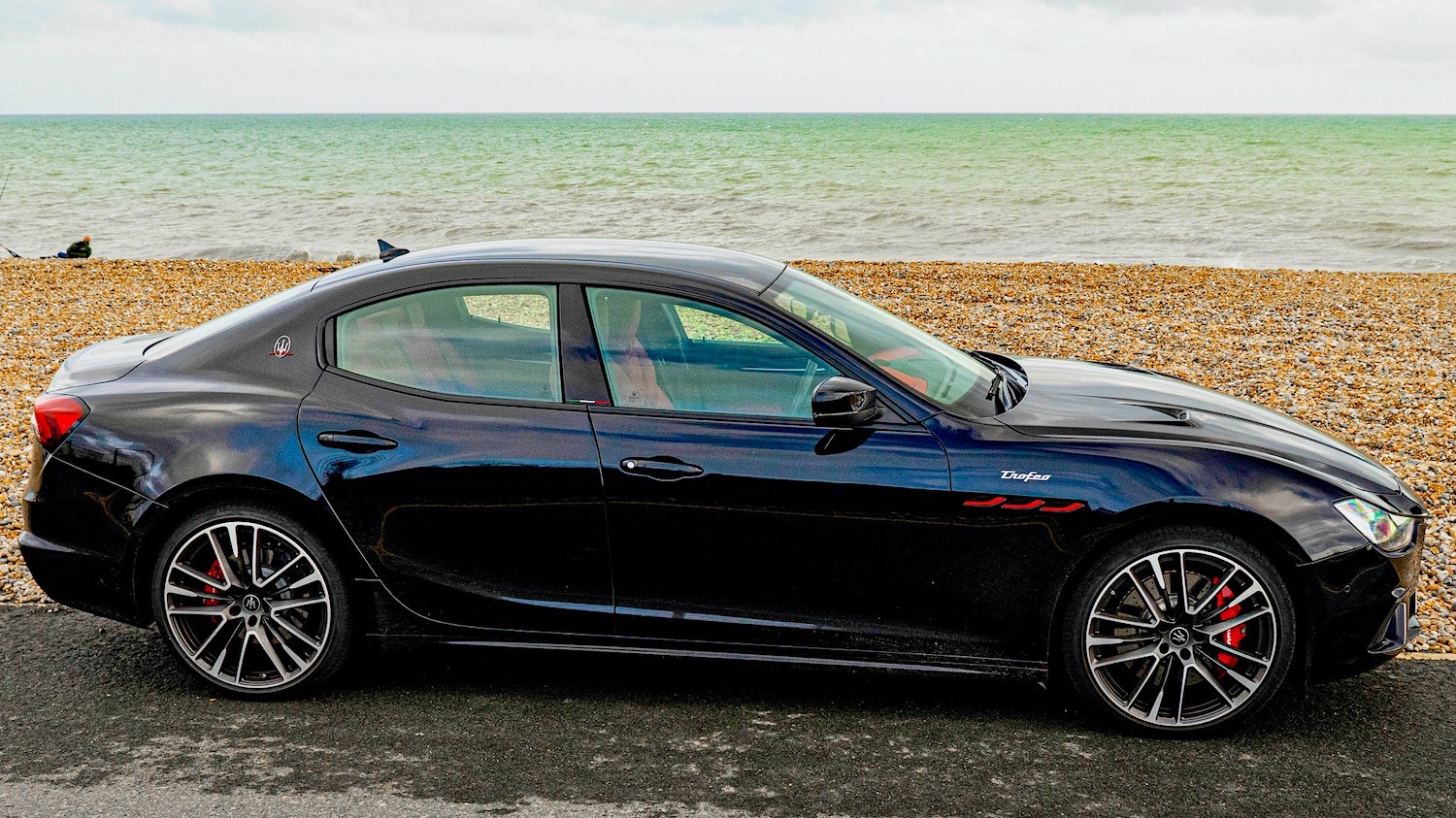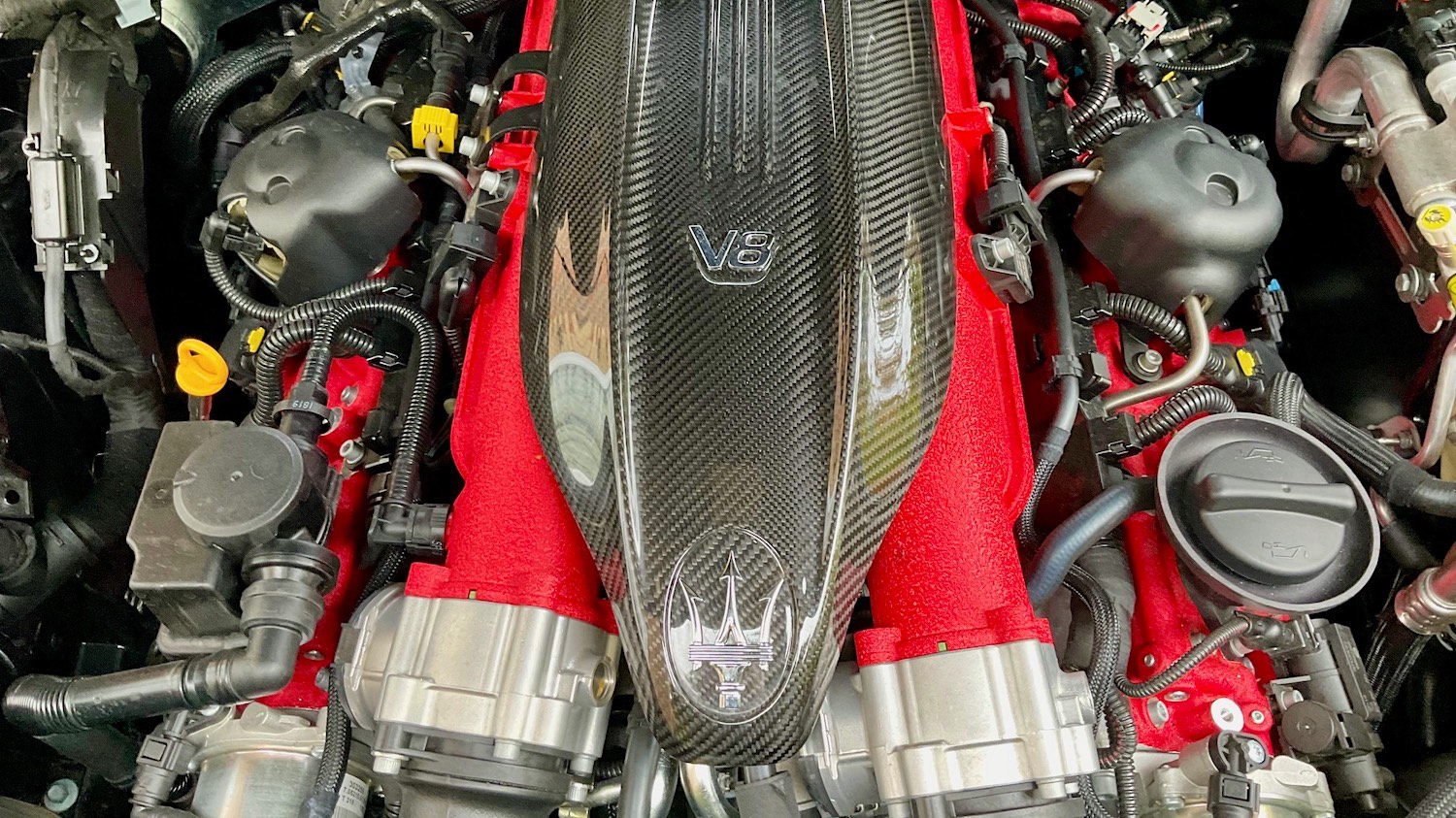Where do the superlatives begin?
Maserati owners are perhaps a different breed to other supercar people. I mean, why didn’t they buy a Ferrari, or Lamborghini or AMG Mercedes or McLaren, Porsche, or so on?
Then refine it to a four-door saloon, in this case, Maserati’s Ghibli Trofeo. But comparisons, they say, are odious and so here, simply, are a few thoughts and impressions that can be gained after only seven days (although many thanks to Maserati GB for arranging, unusually, at least that much time).
Psychologists have worked out that a coupé is ‘sexier than a four-door saloon. But the Ghibli denies this: it’s elegant, subtly curvaceous, and unusual enough to attract more than a glance from passers-by. Bright little exterior touches tell a tale of something a bit special.
Maserati claims the Ghibli Trofeo can reach 203mph, so driving it has to be potentially highly exciting, especially given that the 3.8-litre V8’s 580 bhp is delivered through the rear wheels only. Not forgetting a massive 730Nm of torque from 2250rpm.
Well, my favourite motorway junction has a rising gradient that tightens through around 270 degrees…taking it at 70 mph required pretty much all my strength to hold the car, even though there was not the slightest hint of deviation — no oversteer, no understeer. Wonderful! Maserati has its ‘Skyhook’ suspension system that constantly and instantaneously reads the driving parameters and adjusts accordingly.
The Ghibli Trofeo engine has the exact outward dimensions as the Levante. Still, much of the internals are unique to Trofeo models (also in the Quattroporte) and have had Ferrari hands involved in producing them.
So: 203 mph. When can you experience that? In the UK, hardly more than a third of that is your lot, so the fun had to come from somewhere else, i.e., the Ghibli’s acceleration. Its launch control system rockets it from zero to 62 mph in just 4.3 seconds, a phenomenal performance, of course.
But, over seven days, I was unable to find the perfect conditions in which to give it a go. Wet weather, busy roads, no perfectly flat roads…no chance; but the next best thing is simply to floor the pedal in drive and hold on tight, because, although even that turned out to be just a bit scary, simply because the one quiet interval on a country road was on a slightly uneven surface; the tiniest squeak from the tyres, a slight snake of the chassis, a fabulous, glorious howling crescendo and job done. Yes, a bit scary, but lovely!
The various drive modes deployable, operated by a button on the central console, include sport, one of whose functions is to disengage stop/start; and a further switch enables a change in the suspension set-up, although neither I nor my passenger were yet enough in tune with the new car to notice any appreciable difference.
Sport also tunes the exhaust note to a basso profundo at idle; it’s almost like there’s a guy in the boot banging a big bass drum.
Talking of the boot, it was a surprise to find that you have to shut it by hand. There’s a cheap plastic pull device that turns out to be an emergency release from the inside of a closed boot. No doubt very useful for kidnap victims shoved in there. No good for pulling the lid down from the outside. However, at least the capacity is enough for all that’s needed on a high-speed continental cruise, for which the Ghibli would be perfect.
In general day-to-day driving, the car is beautifully-mannered and easy. There’s the superb ZF 8-speed auto. There are the myriad safety systems, but it was particularly good to find that, although some autonomy is in there if you want it, the default is mainly that it’s up to the driver for things like lane discipline, who thus is not constantly being beeped at by one or other sort of alarm. In any case, the Lane Keeping Assist only deploys at speeds upwards from around 40 mph. Good thinking, Maserati.
The car had a beautifully turned out interior. Many metres of hand-stitching, of course, and top quality leather as you’d expect. The main instruments, the speedometer and rev-counter, are analogue, but you can select a variety of information displays, including a digital speed reading.
A nice touch was that the door stayed open at exactly the angle I wanted: none of that any-one-of-three positions and no chance of the door swinging back to crush your shin as you emerge.
The space and comfort in the back are exemplary for two adults (not three, however, owing to the transmission tunnel).
The satnav had one funny moment — having set it to take me home on a longer trip, I chose to ignore one instruction because I wanted an easier drive rather than, I assume, the slightly shorter drive the satnav had selected; the system kept telling me to retrace my steps until finally it was wanting to add twelve miles to the total just to get back to where I’d ignored the instruction. Not as sophisticated as I would have liked, therefore, in that instance.
Fuel consumption? My best on a 110-mile journey, sticking to all speed limits, whether a painful 20mph or the 70mph max, was indicated at 27.8 mpg; short drive to town and back: exactly half that, at 13.9 mpg.
Presumably, anybody who can fork out £120 grand (including a stunning £6890 for the test car’s almost black, dark blue paint) won’t baulk at fuel expenditure.
It’s a great car and a tribute to the people in Modena.
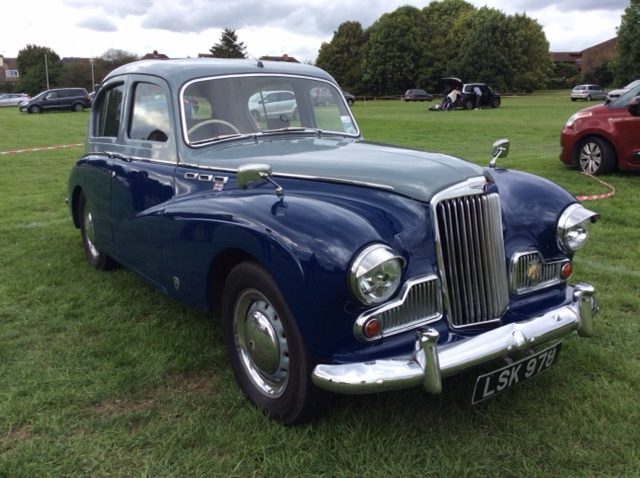
Tom Scanlan
Motoring Journalist
Tom Scanlan has written for a wide variety of magazines and newspapers, particularly the Reading Evening Post for ten years, having got into motoring journalism in 1973 via the somewhat unlikely back door of the British Forces Broadcasting Service. BFBS produced a weekly radio motoring show for the services overseas and Tom produced it, as well as interviewing experts and eventually reporting on cars.
He is into classic cars and has owned Porsche, Ferrari, pre-war Alvis and Rileys and currently owns his fifth old Alfa Romeo, a 1984 GTV 2.0.
In his spare time, Tom is a professional cricket coach.
What the others say on YouTube
A selection of the latest video reviews of this car….Just click to watch on this page.
Recent Reviews
The latest cars, suvs and crossovers reviewed by our experienced journalists.
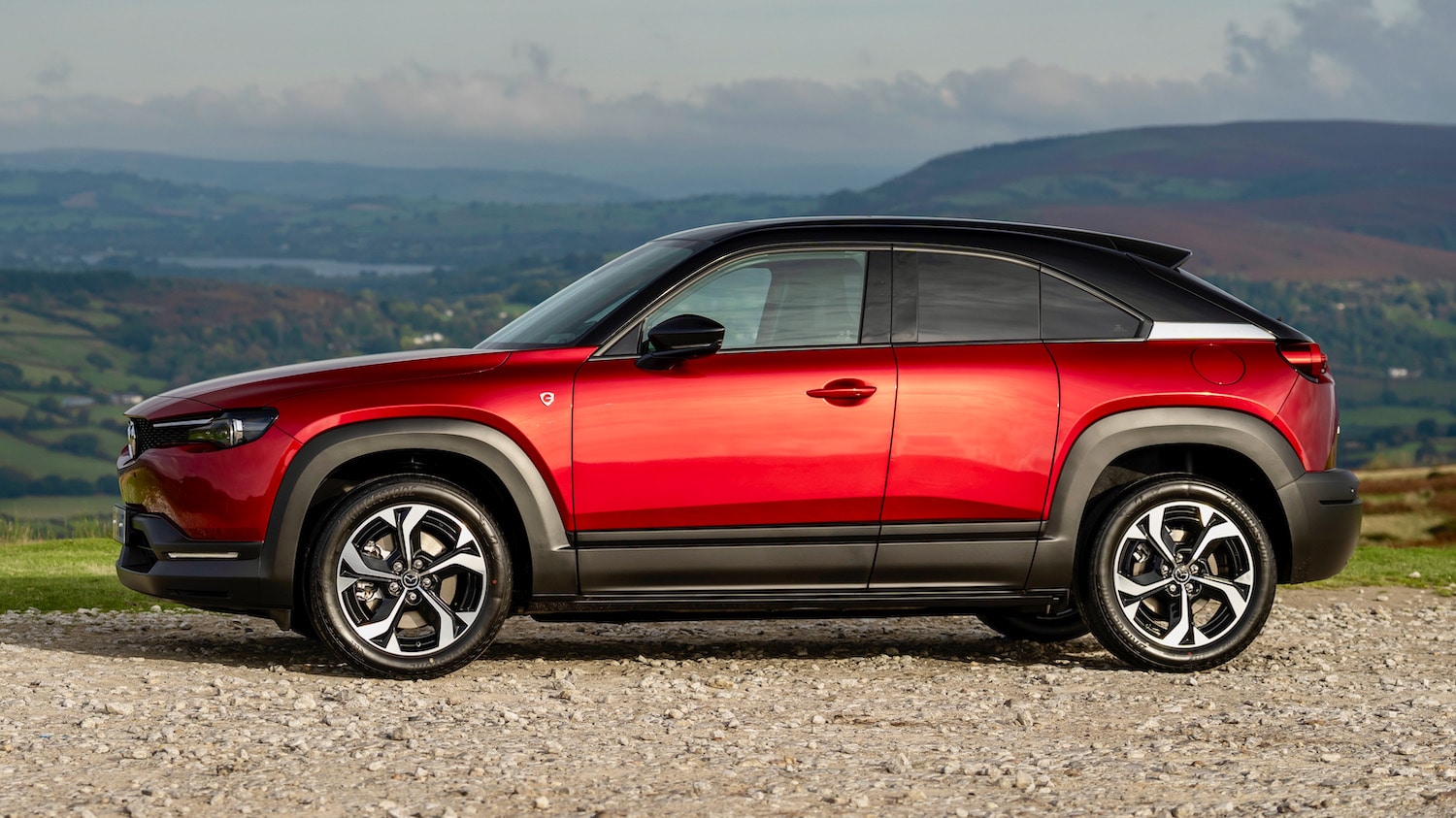
Mazda MX-30 R-EV 170 ps Makoto Reviewed
Stand out from the crowd with the intriguing Mazda MX-30 R-EV 170 ps, that’s now become better value Car Reviewed: Mazda MX-30 R-EV 170 ps MAKOTO Spoiler alert: that’s not the case with the Mazda MX-30 R-EV, the model you see here…. Yes, this mould-breaking Japanese SUV, with its striking looks, zany designer doors, and unique rotary-powered EV range extender …
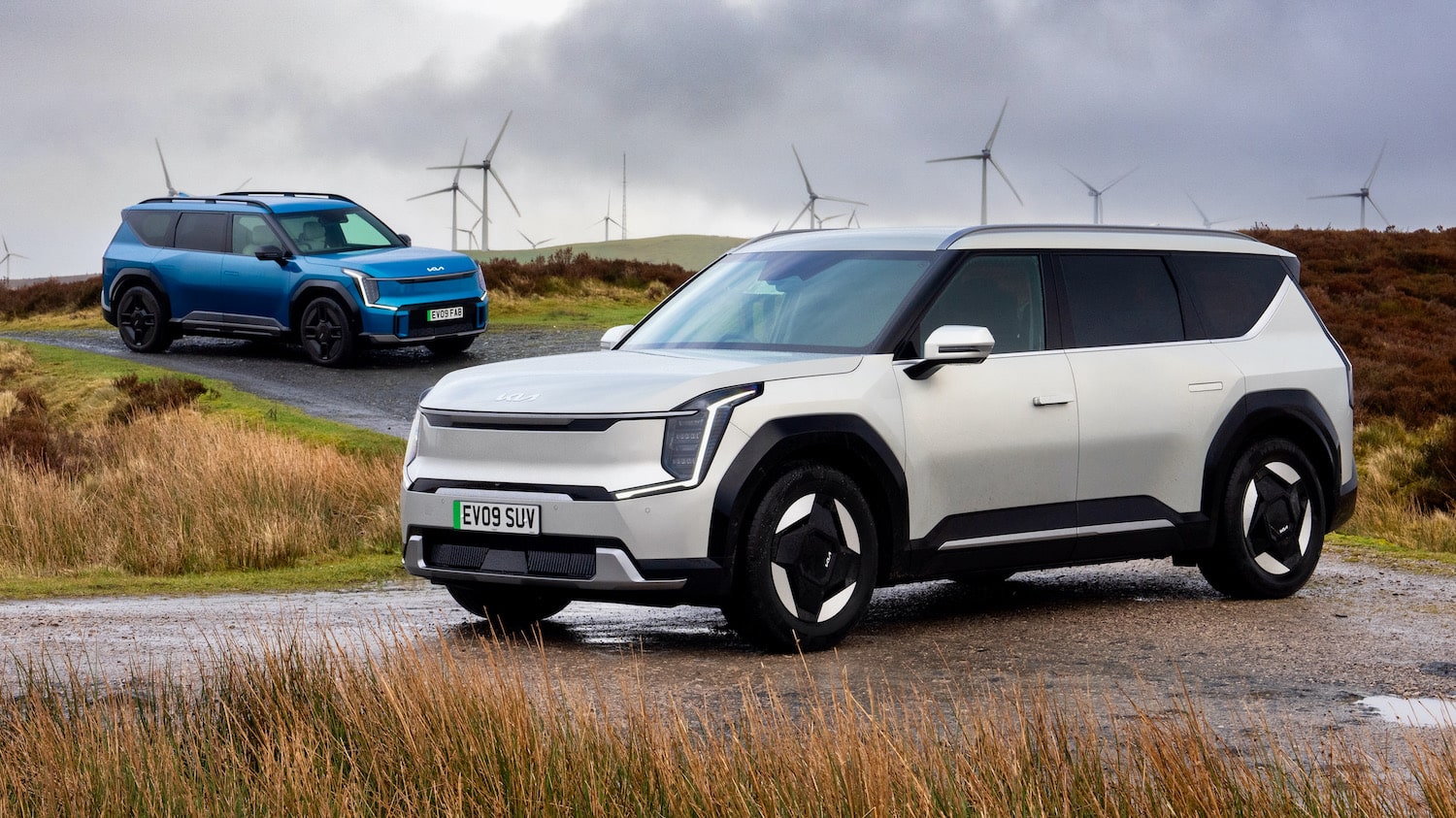
Kia EV9 ‘Air’ redefines eco-friendly luxury
KIA has turned the corner into a new market segment with its EV9 pure electric model Car Reviewed: Kia EV9 ‘Air’ Rwd 7-seats That puts it squarely into Mercedes and BMW electric model territory alongside the latest VW ID.Buzz or Tesla Models X and Y. We wanted to see how the entry-level EV9 Air measured up as the brand turned …
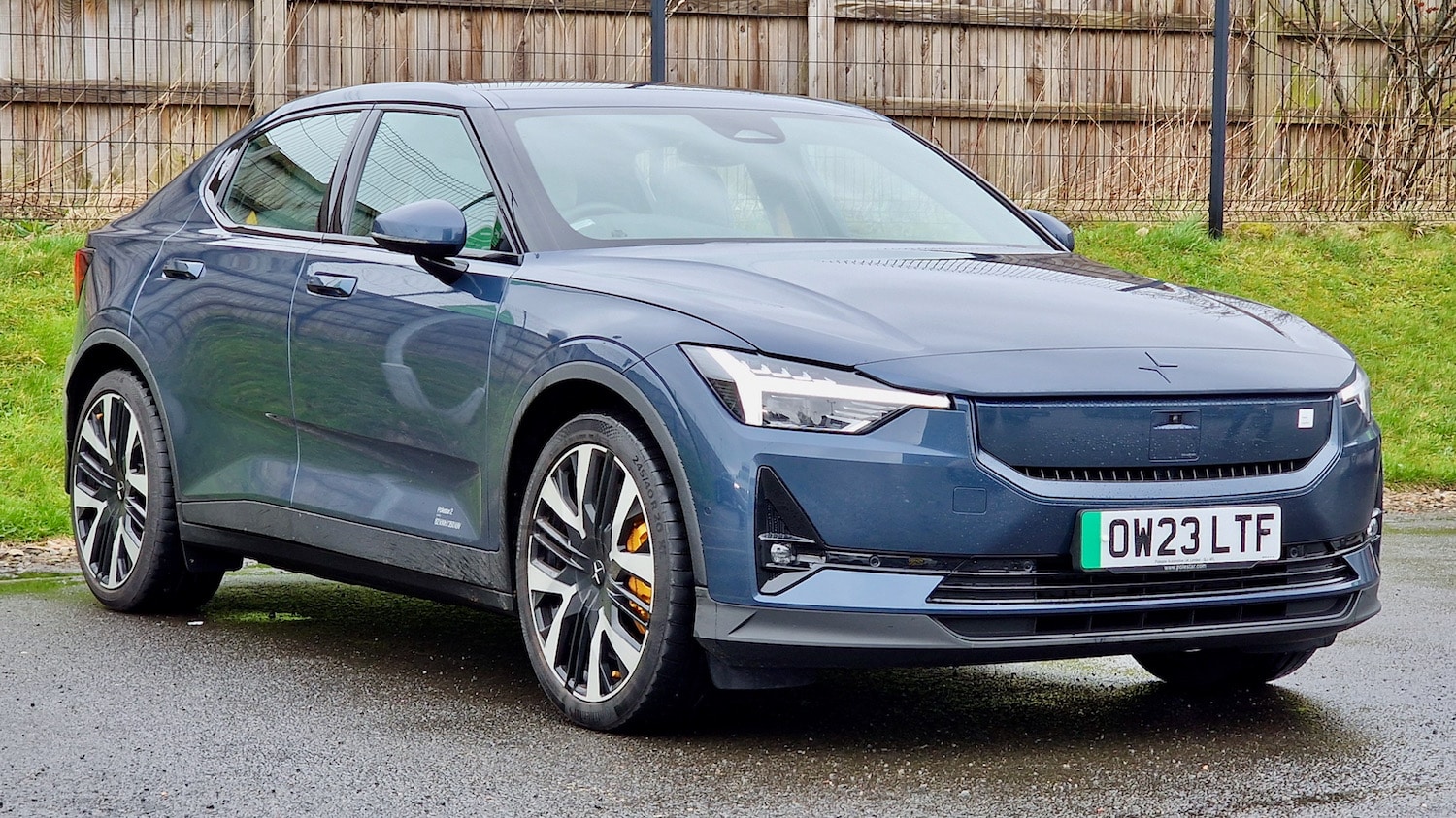
Polestar 2 Performance Pack – Almost nailed it
The Polestar 2, performance-focused EVs can be great fun Car Reviewed: Polestar 2 Performance Pack Having never driven a Polestar 2, climbing into the driving seat of the ultra-go-fast model made me quite nervous. Fast EVs aren’t peculiar to me, but large Brembo brakes and orange seat belts are a swift reminder that this family saloon has a 740Nm slap …
